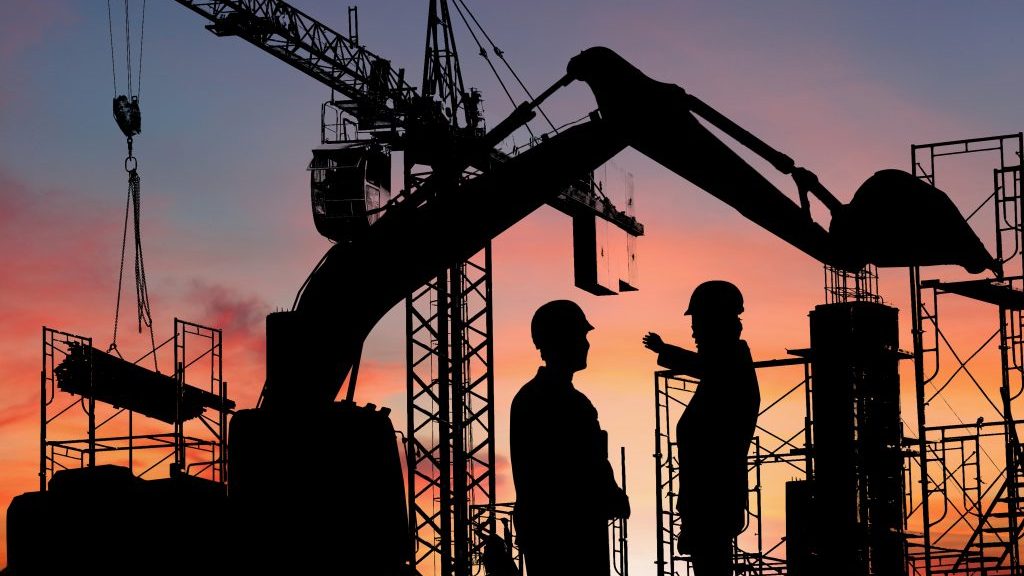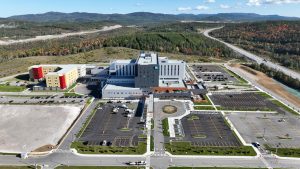A new research paper issued by the Canadian °µÍř˝űÇřion Association (CCA) includes a call to action for government and other stakeholders to take into consideration the changing climate while stressing the need for greater investment in sustainable infrastructure.
Research for the paper, Strength, resilience, sustainability: Canada’s construction sector recommendations on adapting to climate change, was led by Sussex Strategy Group and involved a working group of seven construction industry stakeholders who informed the recommendations.
“It takes the whole ecosystem to make the change,” CCA president Mary Van Buren told the Daily Commercial News. “It’s the owners, the designers, the builders, the people providing the financing, insurers, suppliers, so it’s really important that we have a collective vision.
“It’s so important that we get on the same page so we can collectively all do a better job at providing more sustainable buildings and a greener environment.”
The three recommendations for the federal government, members and other stakeholders include: the Government of Canada’s National Infrastructure Assessment should provide a national vision for infrastructure resilience; Canada needs policies and approaches that support better data, technologies, tools and standards; and society must be willing to pay the roughly 10 per cent in additional cost for resilience. Governments at all levels must ensure procurement and project design are aligned with the national vision for infrastructure resilience.
We have to be prepared to pay a little bit more upfront but over time we will generate cost savings
— Mary Van Buren
Canadian °µÍř˝űÇřion Association
According to the report, achieving greater resiliency in the construction sector “necessitates a broad paradigm shift, towards a long-term investment model that values resilient design and materials up-front.”
“The members will build what they are asked to build so really it’s how do we get all of us to come to use the new materials, new processes and that often comes down to cost and risk,” said Van Buren. “The ecosystem has to share in that risk fairly. It can’t be just the construction firms who take on that risk. Some of the contracts where they are owning that asset over the lifetime, that risk has to be shared.”
All projects, whether it is being tendered to address a specific climate-related concern or not, must take resiliency into consideration.
“CCA has been championing a 25-year infrastructure plan,” said Van Buren. “The Investing in Canada plan is 12 years which is a great start, but we all realize how complex infrastructure is, mobilizing financial and human resources, getting all the planning in place. So 25 years is a better horizon.”
Research shows the benefits of investing in community adaptation and resilience outweigh the cost of such investments by a ratio of six to one, added Van Buren.
“We have to be prepared to pay a little bit more upfront but over time we will generate cost savings,” she said. “That can be hard for people to stomach but that is the reality. We need to do the right thing up front and that will benefit Canadians down the line.”
The federal government’s National Infrastructure Assessment released recently, which will use data and evidence to identify Canada’s long-term infrastructure needs and priorities, is a good first step but more needs to be done.
Research and development is a big part of the puzzle.
“The industry has been seen as an old-fashioned, traditional industry but the reality is of course we are seeing tremendous transformation in the industry using new technology, using new software, using new materials,” said Van Buren. “It’s really critical that the federal government as part of its visioning for infrastructure and greening, that there is money set aside to encourage that community of research and development and of course part of that is also attracting that STEM workforce. We need the people in science, technology, engineering and math to help us develop these exciting new technologies and ways of building resilient infrastructure.”
Getting better at sharing knowledge and best practices is also key.
“Who is learning what around the world. What works? What doesn’t work? How do we start applying that in a more agile way?” asked Van Buren.
“That can be really hard when you are spending billions of dollars always being mindful of bleeding edge versus leading edge.”
Now is the time to act, she added.
“It’s an exciting opportunity when we look at billions that have been already set aside through the Investing in Canada program. The Canada Infrastructure Bank also has billions set aside so it’s a significant opportunity for the industry to build back better,” Van Buren noted. “We could be leaders in this area.”
Follow the author on Twitter .











Recent Comments
comments for this post are closed